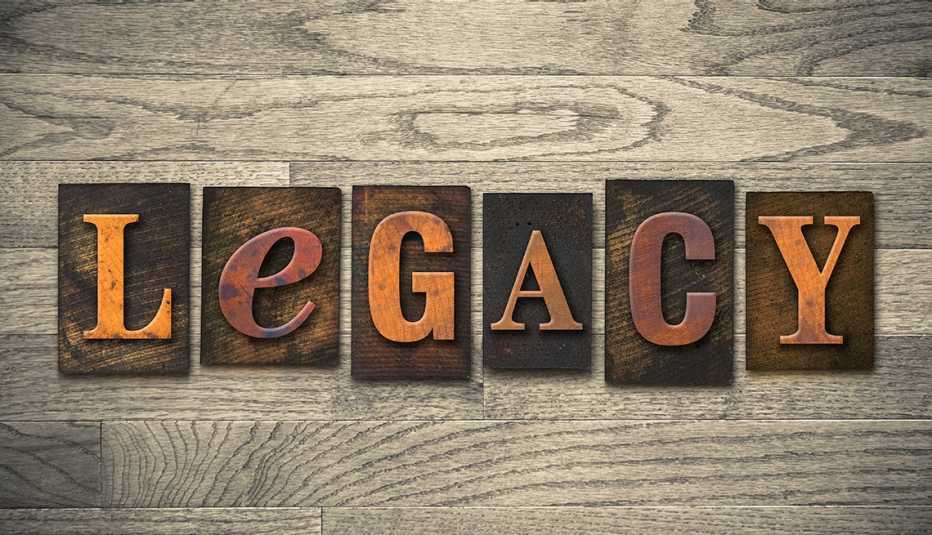AARP Hearing Center


Designating part of your assets after death to one or more charities is a noble way to make an impact. And you don’t need to be a millionaire to do it.
“You do not have to be wealthy to leave a charitable bequest. It is not about the dollar amount. It is about leaving a legacy for a charity or organization that may be of significance to you,” says Sheila Samuels, a trusts and estates attorney with offices in New York and New Jersey.
Including gifts to charities in your estate plan can alleviate any concerns about donating too much too early and possibly overextending yourself if you need your nest egg for long-term care or other expenses. You can feel generous now by giving later, while keeping a cash cushion.
But the post-death donation process requires forethought to ensure your wishes are carried out after you are gone.
There is not one best way to give a bequest to charity, according to experts. “Like so many answers related to financial planning, it depends,” says James Lee, a certified financial planner based in Saratoga Springs, New York, and president of the Financial Planning Association. “One must determine the personal and financial goals of the charitable gift. The best charitable gifting strategy will depend on your charitable and financial goals, as well as your personal preferences.”
We talked to experts about different ways to leave money to charity and what you need to know when including nonprofits in your estate plan.
Give to charity off the top
One approach is to list one or more charities in your will or trust. The charitable bequest could be cash, investments, a house or personal property such as a car or furniture. Make sure you specifically identify each nonprofit so it is clear which organization should receive the gift, says William D. Kirchick, a Boston attorney and past president of the National Association of Estate Planners & Councils. “There are a lot of charities that have similar names,” he says. Make sure you get the charity's full legal name as well as its taxpayer identification number; most charities have this on their websites.
You can list as many nonprofits as you wish, but make it apparent how much should be distributed to each one.



































































More From AARP
Rules for IRAs in 2023 and 2024
You can shelter more from taxes this year if you qualify401(K) Plan Contribution Limits for 2023 and 2024
Thanks to inflation, you get to sock away moreWeird? Yes. Deductible? Also Yes
Need a break for your whaling ship? Tax law has you covered